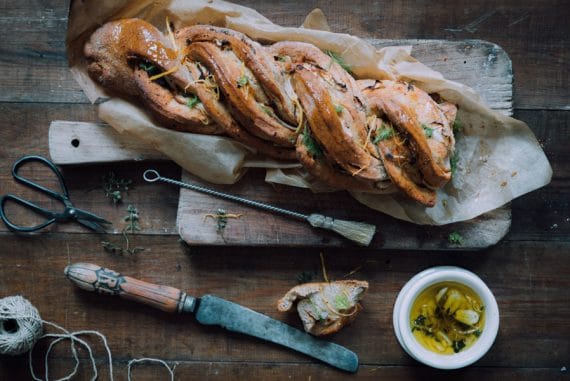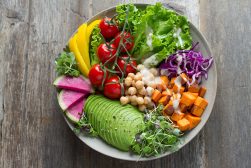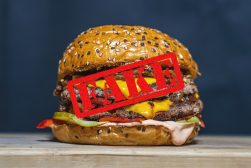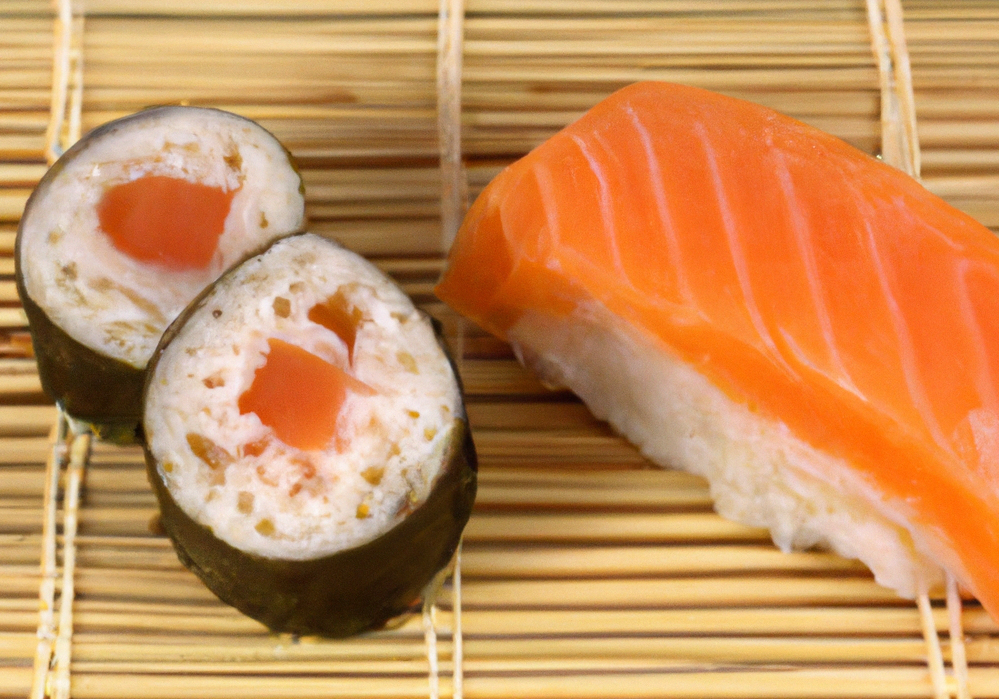
Here Comes Lunchbox AI, Goodbye commercial Food Photography?
News | By Stephan Jukic | January 31, 2023
Lunchbox AI is an artificial intelligence image-rendering software platform that lets users digitally create unique images of any food or dish.
Commercial photographers of all kinds have definitely had lots to think about with the advent of image-rendering AI technology.
However, worries don’t apply equally across the board. Some kinds of commercial photography are definitely more at risk than others, and this applies especially to more generic needs, such as food or retail product photography.
While no AI yet exists that can generate decent artificial photos of personal events such as a client’s wedding, or their child’s first birthday photos (and who would want something so coldly impersonal anyhow?), creating artificial images of common foods and dishes is a different story.
Such images could be especially enticing if they’re cheap to produce and honestly resemble the dishes being served.
This is what Lunchbox AI claims to offer, and it completely undercuts any self-respecting commercial food photographer on pricing because it’s completely free to use.
The digital image rendering platform promises that “every image is uniquely generated by artificial intelligence”.
It also implies just enough realism that most people wouldn’t easily distinguish its rendered images from real photos of physical food.
For restaurants and other businesses that quickly need pictures of fairly standard dishes for their social media pages, website visuals, and menus, Lunchbox is simple, quick and could even be effective.

Users can choose from three possible rendering categories on the Lunchbox site: The first is for a type of food or search term, such as “salad”, or “woman eating a pizza slice”, for example.
The next category covers a preferred background, be it a color, setting or texture, such as “sunlight”, “wood table” or “manhattan cafe” and so forth.
The third, optional, category lets users stylize their images by making them cartoonish, or painterly, or specifically realistic, or by adding other filters such as “polaroid” and etc.
Once a user has made their calibrations among these categories, they just need to click “Generate” and voila.
Lunchbox then produces somewhat decent food images that restaurant owners can download as large-resolution PNG files.
Lunchbox itself is based on OpenAI’s DALL-E generative AI platform and delivers similar levels of quality and realism.
Its creators have likely taught their specific variation of the AI by training it with millions of food photos. These were probably associated with numerous, context-specific natural language models involving food. This at least is what I assume based on how most modern AI rendering systems are trained to create.
Lunchbox’s CEO, Nabeel Alamgir, recently claimed in an interview with QSR Magazine:
“What I want is for it to be very easy for someone to say, ‘hey, I have a sushi concept. My brand is pink. I want sushi on a pink background, and can I get it really quickly until my photos are taken.’ We wanted to build that for everyone,”
In other words, at this point, he doesn’t view Lunchbox as a complete substitute for real photographers so much as he sees it as a helpful temporary tool for restaurateurs.
According to Alamgir, owners and managers of restaurants have been very positive about the AI tools on his website.
According to the Lunchbox CEO, “What our operators are saying is, ‘wait, if I had something in the fridge, I can now promote it very quickly,”
He adds, “I don’t have to go ahead and wait for a photographer to turn things around. I can test something out very live, very quickly.’”
I myself gave Lunchbox a spin and based on a few experiments, I don’t think that professional food photographers of high-quality, crafted restaurant dishes need to worry quite yet.
The platform does indeed generate passably decent quick images of generic foods, but they’re hardly perfect.
As you can see in some of the examples here and above, the sushi shots are usable, but only as long as you don’t look too closely at the texture of little details like the rice.
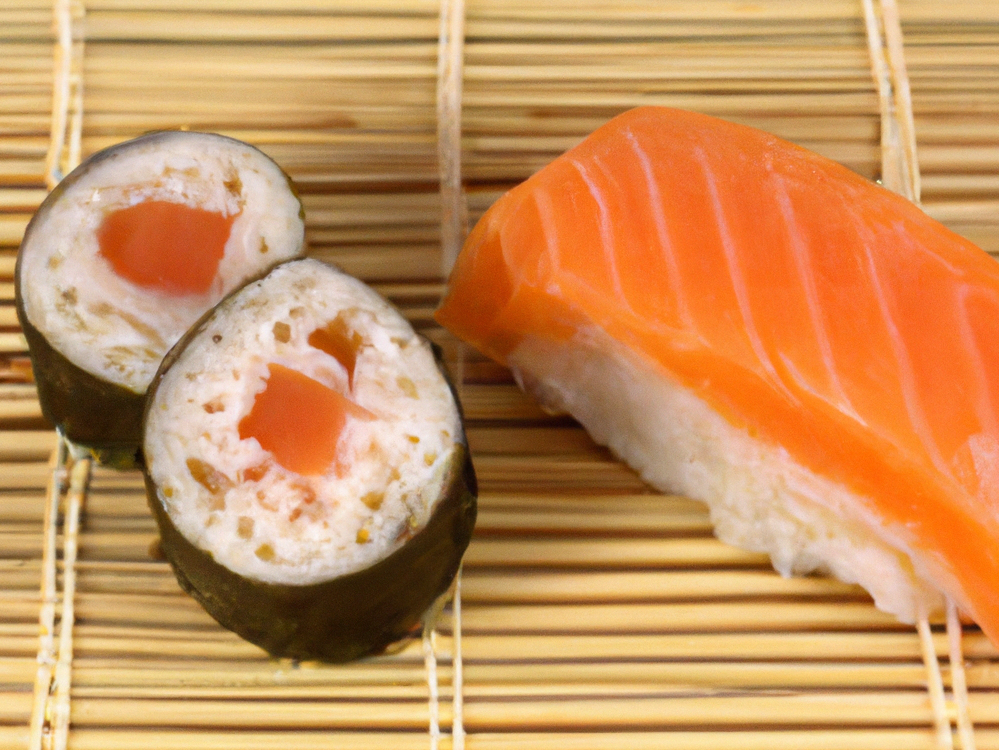
As for the photos of a woman eating a slice of pizza in the sun: not too bad, and at least the AI managed to get the number of fingers right, and more or less correctly-proportion the hands, but more than a few things are somewhat… off.
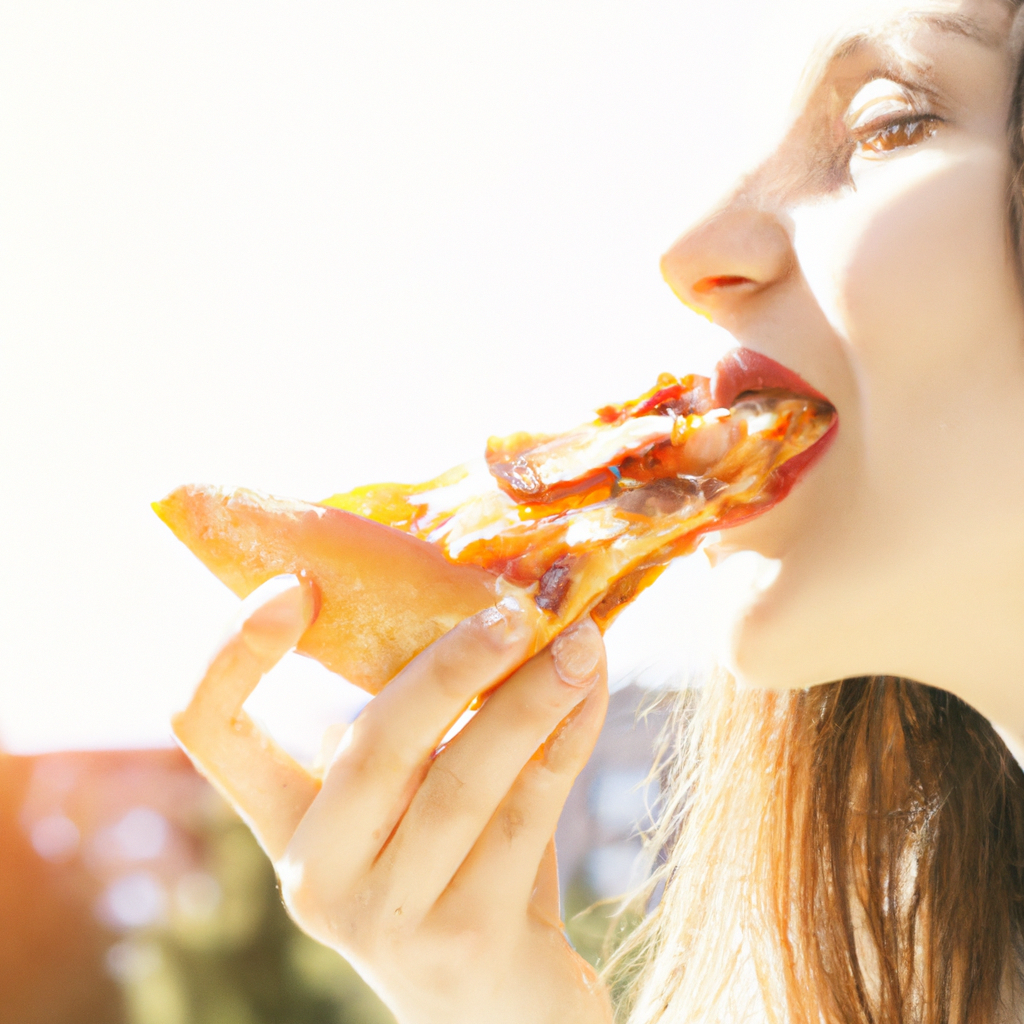
Even one of the site homepage’s own promotional images has these little uncanny valley details in it: In the “photo” of Oreo-type cookies and a milkshake, the cookies themselves look only half-baked for realism.
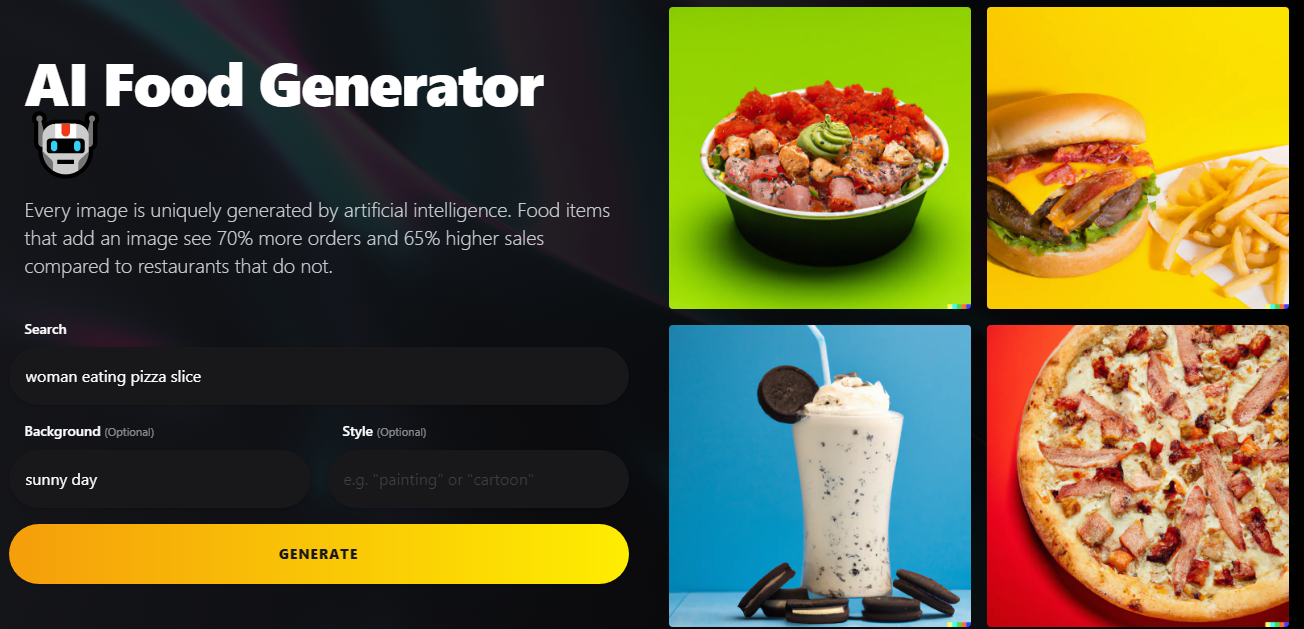
Lunchbox, or other AI image rendering platforms will keep improving, however. Eventually, those improvements will be good enough to match those of human professional photos, at least of fairly standard dishes.
With that said, it’s hard to imagine any self-respecting chef or fine dining establishment not wanting to show off actual photos of their best preparations in all their genuine splendor.

Check out these 8 essential tools to help you succeed as a professional photographer.
Includes limited-time discounts.





